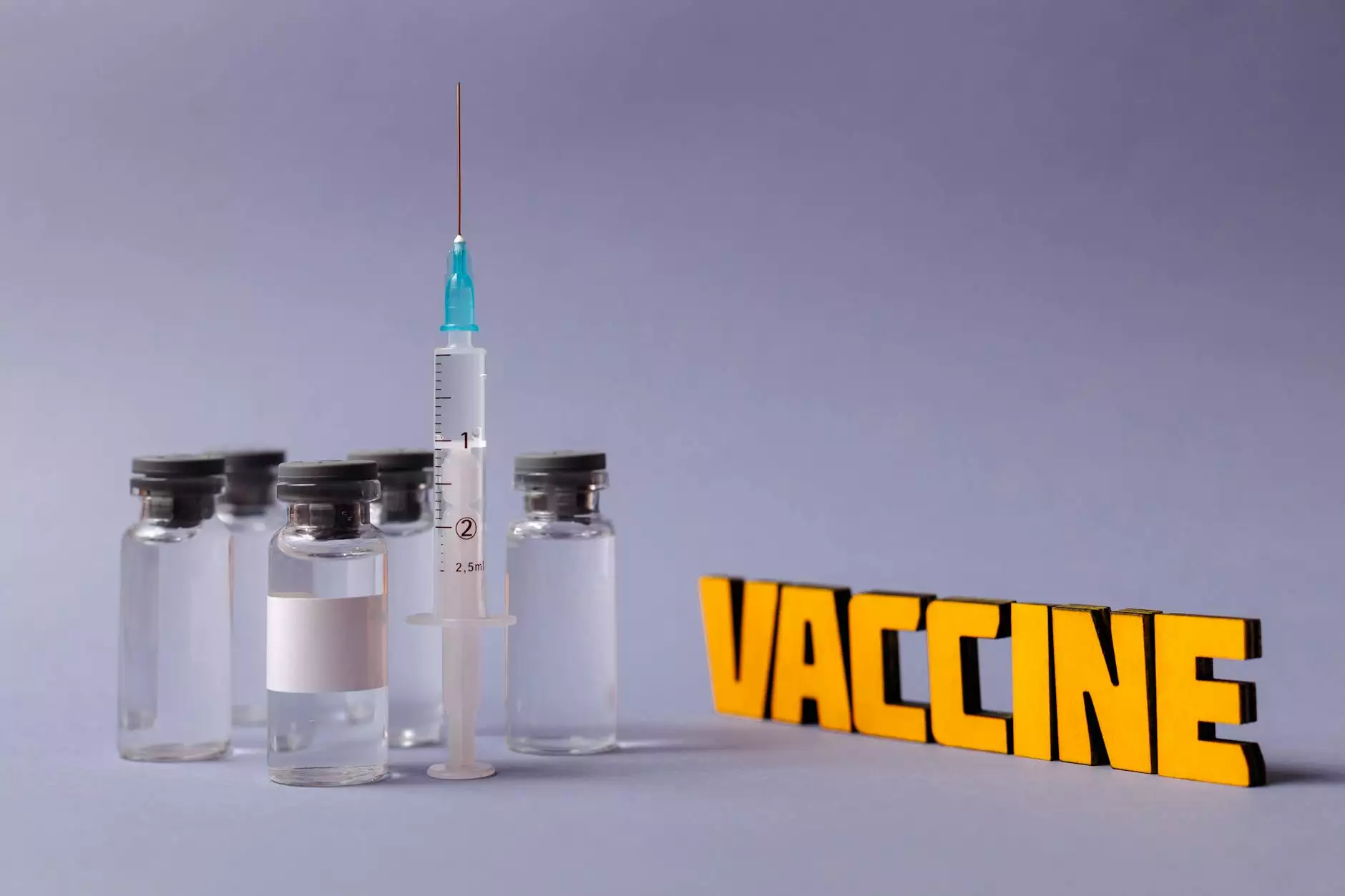Understanding Thrombosis: Signs and Symptoms

Thrombosis is a serious medical condition characterized by the formation of a thrombus (blood clot) within a blood vessel, which can significantly impede circulation. Understanding the thrombosis signs and symptoms is crucial for early detection and effective treatment. In this comprehensive guide, we will delve into the various aspects of thrombosis, from its underlying causes to ways of managing and preventing it, ensuring that you are fully informed about this vital health issue.
What is Thrombosis?
Thrombosis occurs when blood clots form inappropriately within the blood vessels. This can happen in the arteries (arterial thrombosis) or veins (venous thrombosis), leading to conditions such as heart attacks, strokes, or deep vein thrombosis (DVT). It’s essential to differentiate between the two types as they present unique risks and symptoms.
Types of Thrombosis
- Venous Thrombosis: This type primarily affects the veins and can lead to complications such as pulmonary embolism (PE) if a clot dislodges and travels to the lungs.
- Arterial Thrombosis: This form occurs in arteries and can lead to severe complications like heart attacks and strokes.
Causes of Thrombosis
Several factors can contribute to the development of thrombosis, including:
- Immobility: Prolonged periods of sitting or lying down, such as during long flights or bed rest.
- Injury or Surgery: Physical trauma can trigger clotting mechanisms.
- Medical Conditions: Certain conditions like cancer, heart diseases, or inherited clotting disorders increase risk.
- Hormonal Factors: Birth control pills, hormone replacement therapy, or pregnancy can elevate the risk.
- Age: The risk of thrombosis increases with age, particularly in individuals over 60.
Recognizing Thrombosis: Signs and Symptoms
Early recognition of thrombosis signs and symptoms is critical for prompt intervention and treatment. Here are the most common indicators:
Venous Thrombosis Symptoms
The symptoms of venous thrombosis may include:
- Swelling: Swelling in one leg (or arm) is often one of the most pronounced symptoms.
- Pain or Tenderness: You may experience pain that starts in your calf and can feel like cramping or soreness.
- Warmth: The area around the thrombosis may feel warmer than the other leg.
- Red or Discolored Skin: The skin over the affected area may appear reddish or bluish.
Arterial Thrombosis Symptoms
Signs of arterial thrombosis can be more severe and may include:
- Sudden Weakness: A sudden feeling of weakness or numbness, especially on one side of the body, may indicate a stroke.
- Chest Pain: This can signal a heart attack, often described as pressure, squeezing, or fullness.
- Shortness of Breath: Difficulty breathing may occur if a clot travels to the lungs.
- Confusion: Sudden confusion or trouble speaking, often associated with strokes.
Risk Factors Associated with Thrombosis
Understanding the risk factors is pivotal for prevention. Here are key contributors:
- Obesity: Excess weight can increase pressure in the veins of your legs.
- Smoking: Tobacco use is a significant risk factor for vascular diseases.
- Chronic Inflammatory Conditions: Diseases such as lupus or rheumatoid arthritis may elevate the risk.
- Family History: A history of blood clots can indicate a genetic predisposition.
Diagnosis of Thrombosis
If you suspect thrombosis, accurate diagnosis is paramount. Healthcare professionals typically use the following methods:
- Ultrasound: This non-invasive test uses sound waves to visualize blood flow and detect clots.
- D-dimer Test: This blood test checks for elevated levels of a protein fragment that indicates clot presence.
- CT or MRI Scans: Imaging techniques that provide a detailed view of blood vessels and possible blockages.
Treatment Options for Thrombosis
Timely and appropriate treatment for thrombosis can prevent severe complications. Treatment may include:
- Anticoagulants: Medications like heparin or warfarin help thin the blood and prevent further clotting.
- Thrombolytics: These drugs dissolve existing clots and are often used in emergencies, such as heart attacks.
- Compression Stockings: Helps to reduce swelling and lower the risk of clots in the legs.
- surgical Procedures: In some cases, a thrombectomy may be necessary to remove a clot.
Preventing Thrombosis
Preventing thrombosis involves adopting lifestyle changes and being aware of risk factors. Here are strategies to reduce your risk:
- Stay Active: Regular exercise improves circulation and helps maintain a healthy weight.
- Avoid Prolonged Inactivity: Move around during long flights or road trips to enhance blood flow.
- Stay Hydrated: Proper hydration dilutes the blood and can help prevent clots.
- Maintain a Healthy Weight: If you're overweight, losing even a small amount can reduce your risk.
- Consult Healthcare Providers: If you have risk factors, regular checkups can help monitor and manage your health.
Conclusion
Understanding the thrombosis signs and symptoms is essential for early detection and intervention. With the right knowledge, individuals can take proactive steps towards prevention and management. If you experience any symptoms associated with thrombosis, it is crucial to seek medical attention promptly. At Truffles Vein Specialists, our dedicated team of vascular specialists is here to provide comprehensive evaluations and personalized treatment plans to ensure your vascular health remains in optimal condition.









